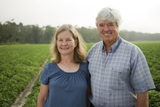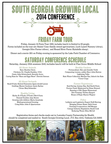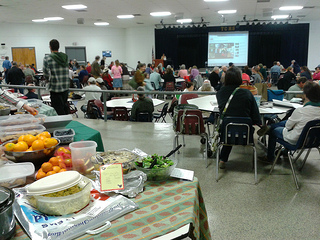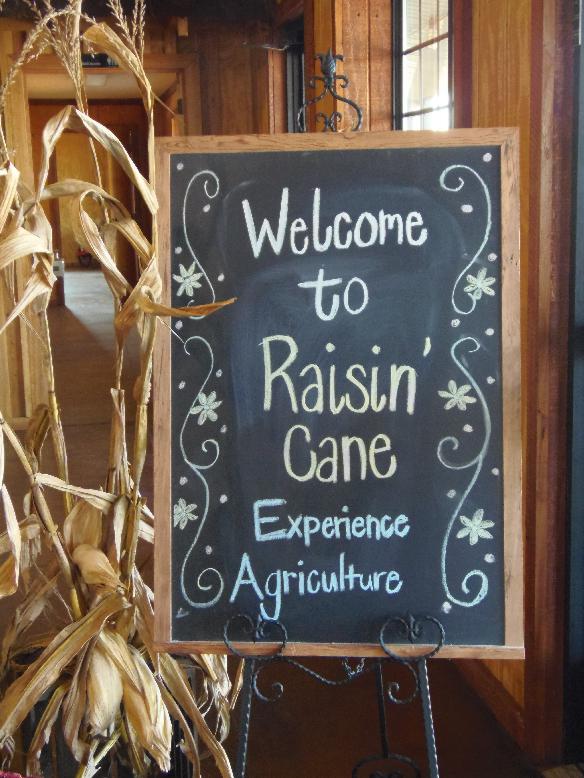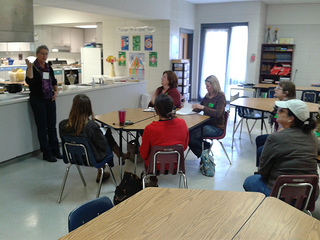Elizabeth (B) Fraleigh O’Toole, President of O’Toole’s Herb Farm will speak at South Georgia Growing Local 2014:
This presentation will touch on growing herbs for pleasure, growing herbs for the fresh cut market and growing herbs in greenhouse production for wholesale and retail sales. I will cover the joy and positive healing energy these plants give, the passion of growing and using them and how I got to this place.
Her farm was featured in the April-May, 2012, edition of Home & Design:
“A village is happening out here,” B said during a tour of her 114-acre farm’s greenhouses, gardens, retail shops and resident flock of sheep. “If you think Walmart, we’re absolutely the opposite. Small, local, knowledgeable, none of our plants genetically modified with man-made chemicals.”
 Also on
facebook.
Also on
facebook.
Her conference bio: Continue reading
